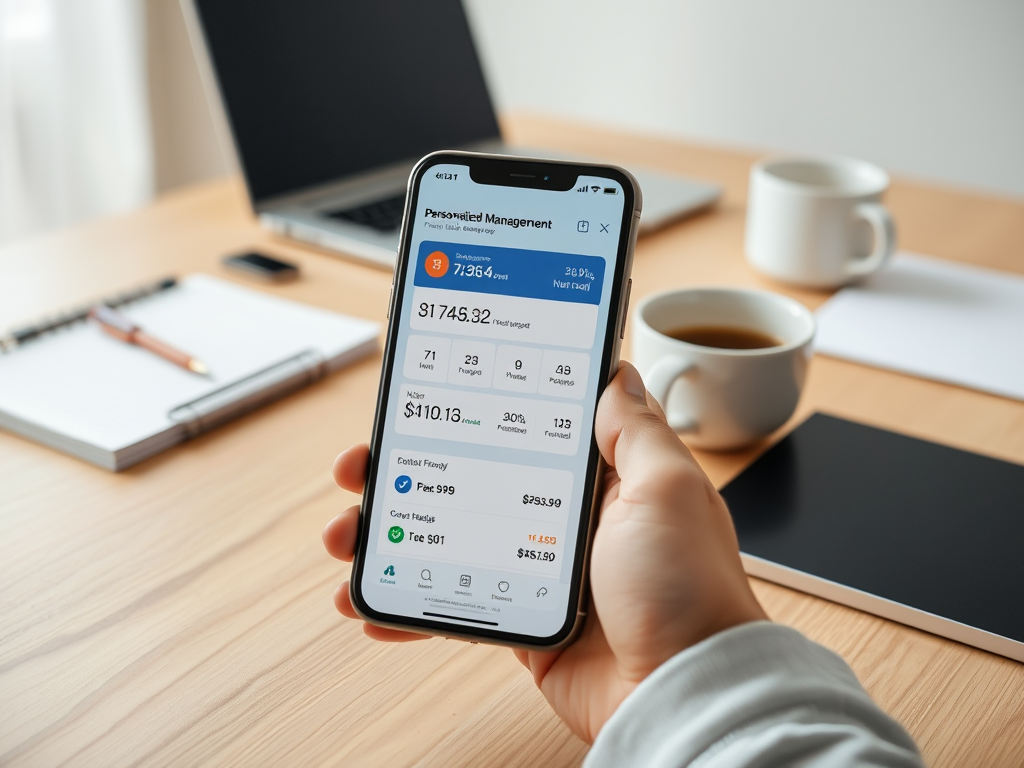Starting a personalized financial management app in Dubai requires thorough planning, market research, and a focus on user-centric design. The vibrant financial landscape of the UAE offers an excellent opportunity for tech entrepreneurs to create solutions tailored to the needs of users. This article will guide you through the essential steps to launch your app, from ideation to execution, ensuring a comprehensive understanding of the process.
Understanding the Market Needs

Before diving into app development, it’s crucial to understand the specific needs of your target market. The financial management landscape in Dubai is influenced by its diverse population, varying income levels, and unique spending habits. Conducting market research will provide insights that shape your app’s functionalities and features. Key factors to consider include:
- Identifying user demographics, such as age, income levels, and financial literacy.
- Understanding the types of financial challenges users face, such as budgeting, investments, and savings.
- Analyzing existing competitors and their offerings in the market.
- Determining technological preferences, including mobile versus web-based applications.
- Gathering feedback through surveys or focus groups to pinpoint required functionalities.
Defining Your App Features

Once you’ve identified market needs, the next step involves defining the key features of your financial management app. The features should address common user pain points while offering personalization options. Essential features might include:
- Budgeting Tools: Help users create and maintain a budget.
- Expense Tracking: Allow users to categorize and log their spending automatically.
- Investment Planning: Provide users with insights and recommendations on investments.
- Goal Setting: Enable users to set financial goals and track their progress.
- Financial Education Resources: Offer articles, videos, and expert insights for users to enhance their financial literacy.
Incorporating unique personalization features, such as adaptive financial advice based on user behavior, can significantly enhance user engagement and satisfaction.
Developing the App: Technical Aspects
The development phase is critical for translating your app concept into a functional product. You should consider the following technical aspects:
- Choosing the Right Technology Stack: Select a programming language and framework that align with your app’s requirements.
- UI/UX Design: Prioritize intuitive design to ensure a seamless user experience.
- Security Measures: Implement robust security protocols to protect sensitive financial data.
- Integration: Facilitate smooth integration with financial institutions, banks, and payment gateways.
- Testing: Conduct thorough testing to identify bugs and enhance app performance.
- Social Media Marketing: Leverage platforms like Instagram and LinkedIn to build brand awareness.
- Search Engine Optimization (SEO): Optimize your app store listing and website to improve visibility.
- Influencer Partnerships: Collaborate with financial influencers to reach a broader audience.
- Content Marketing: Create blogs and videos offering financial advice, driving traffic to your app.
- Referral Programs: Encourage current users to refer friends for incentives.
Conclusion
Starting a personalized financial management app in Dubai is an exciting venture with significant potential for success. By understanding market needs, defining impactful features, carefully developing your app, and implementing effective marketing strategies, you can establish a user-friendly solution that meets financial management challenges. The key to your app’s success lies in a continuous feedback loop with users to adapt the features as needed, ensuring you remain relevant in this dynamic market.
Frequently Asked Questions
1. What are the initial costs of developing a financial management app in Dubai?
The costs can vary significantly based on the app’s complexity, but initial investments generally range from $20,000 to $250,000, including development, marketing, and operational expenses.
2. How can I ensure my app is secure for financial transactions?
Implement secure protocols such as SSL encryption, adhere to PCI DSS compliance, and conduct regular security audits to safeguard user data.
3. What payment options should I integrate into the app?
Consider integrating popular local and international payment gateways like PayPal, Stripe, and local UAE banks for flexibility in transactions.
4. How do I promote user engagement within the app?
Encourage user engagement through personalized notifications, community forums, gamification elements, and regular valuable content updates.
5. Is it necessary to provide customer support for my app?
Yes, providing customer support enhances user trust and retention. Offer multiple support channels, such as in-app chat, email, and a dedicated FAQ section.


